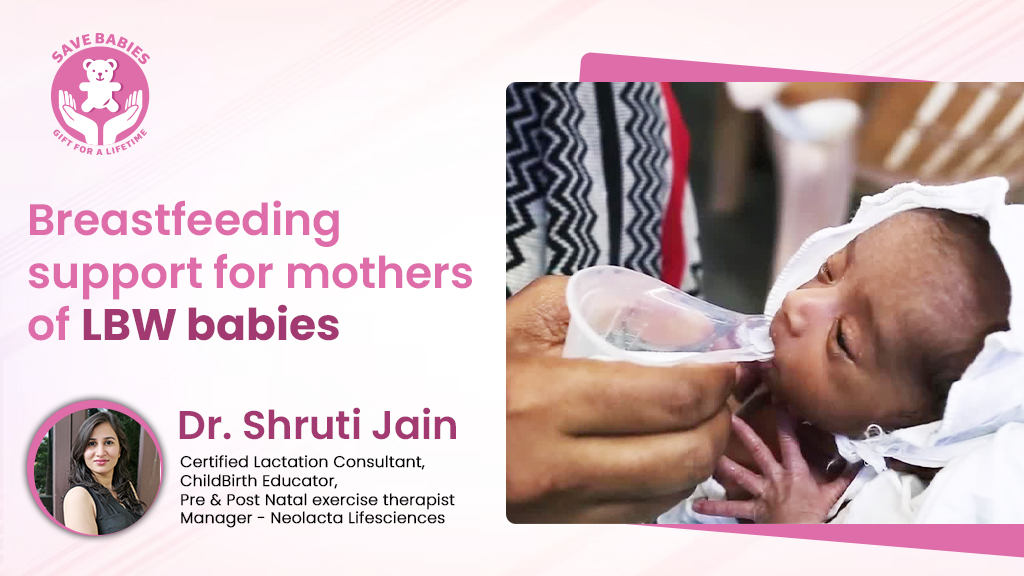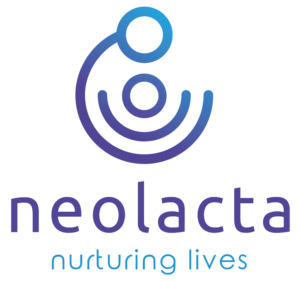Welcoming a low birth weight (LBW) baby into the world comes with unique challenges, especially when it comes to breastfeeding. However, with the right support and strategies, mothers can embark on a fulfilling breastfeeding journey that nurtures both the baby and the bond they share. In this blog, we explore various breastfeeding techniques tailored for LBW babies, offering insights on feeding through a cup or tube, non-nutritive sucking (NNS), maintaining milk supply, and the healing power of skin-to-skin contact.
Feeding through a Cup or Tube
LBW babies may face challenges with traditional breastfeeding due to their size or developmental factors. Feeding through a cup or tube can provide an alternative, allowing for a controlled and paced feeding method. This approach ensures the baby receives the necessary nourishment while gradually building strength for more conventional breastfeeding in the future.
Non-Nutritive Sucking (NNS)
NNS, or the gentle sucking on a pacifier or a clean finger, is a valuable technique for LBW babies. It not only provides comfort but also enhances oral motor skills, preparing them for more efficient breastfeeding. Incorporating NNS into daily routines fosters a positive association with sucking and helps build the foundation for successful breastfeeding.
Maintaining Milk Supply
Maintaining an ample milk supply is crucial for mothers of LBW babies. Frequent and effective milk expression, whether through pumping or hand expression, helps stimulate milk production. Lactation consultants can offer personalised guidance on establishing a pumping routine that aligns with the baby’s feeding schedule, ensuring a consistent and sufficient milk supply.
Skin-to-Skin Contact
The healing power of skin-to-skin contact cannot be overstated. LBW babies benefit immensely from the warmth and closeness provided by skin-to-skin contact with their mothers. This practice not only regulates the baby’s temperature but also promotes bonding and encourages breastfeeding initiation. Creating a serene environment conducive to skin-to-skin moments enhances the overall well-being of both mother and baby.
Seeking Professional Guidance
Navigating the intricacies of breastfeeding a LBW baby may require the expertise of a lactation consultant or healthcare provider. These professionals can offer tailored advice, address concerns, and ensure that both mother and baby are supported on their breastfeeding journey.
Conclusion
Breastfeeding mothers of LBW babies embark on a remarkable journey, navigating challenges with resilience and love. By exploring alternative feeding methods, incorporating NNS, maintaining milk supply, and embracing the power of skin-to-skin contact, mothers can foster a nurturing environment that supports the unique needs of their little ones. Seeking professional guidance adds an extra layer of assurance, empowering mothers to provide the best care for their LBW babies and cherish the precious moments of breastfeeding.
References
- McKinney CM, Glass RP, Coffey P, Rue T, Vaughn MG, Cunningham M. Feeding Neonates by Cup: A Systematic Review of the Literature. Matern Child Health J. 2016;20(8):1620-1633. doi:10.1007/s10995-016-1961-9
- Dowling DA, Meier PP, DiFiore JM, Blatz M, Martin RJ. Cup-feeding for preterm infants: mechanics and safety. J Hum Lact. 2002;18(1):13-72. doi:10.1177/089033440201800103
- Foster JP, Psaila K, Patterson T. Non-nutritive sucking for increasing physiologic stability and nutrition in preterm infants. Cochrane Database Syst Rev. 2016;10(10):CD001071. Published 2016 Oct 4. doi:10.1002/14651858.CD001071.pub3
- Liu Y, Yao J, Liu X, Luo B, Zhao X. A randomized interventional study to promote milk secretion during mother-baby separation based on the health belief model: A consort compliant. Medicine (Baltimore). 2018;97(42):e12921. doi:10.1097/MD.0000000000012921




